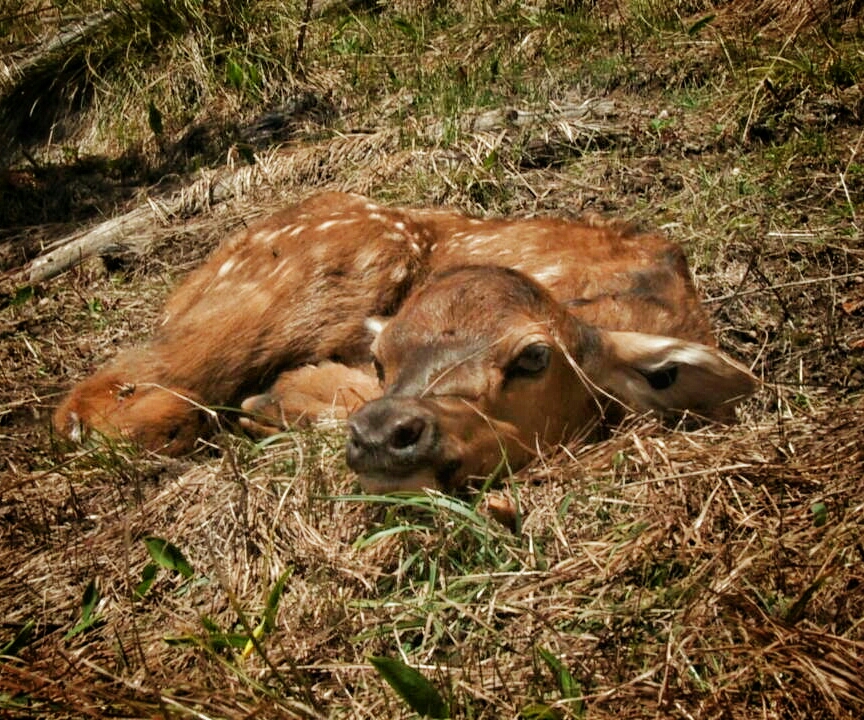By Jana Waller Bair | Featured in Cat Hunter Magazine
Predator hunting is the most misunderstood form of sustainable wildlife management in North America.
Often dismissed as mere “trophy hunting,” the pursuit of mountain lions is misrepresented and emotionally charged in the public eye. But beneath the noise lies a truth most never hear: hunting lions is not only ethical—it is necessary for ecological balance.
The Power of Misinformation
I’ve seen the outrage firsthand—online comments on my own posts and others’. The average person has never seen a mountain lion in the wild. Their only exposure comes from documentaries or manipulated social media. Anti-hunting groups like HSUS and PETA thrive on this gap in knowledge, spinning predators into poster animals for emotional fundraising campaigns. They paint hunters as reckless thrill-seekers. But their campaigns omit the science.
They don’t want people to understand the complex relationship between predators and prey—because if they did, the propaganda wouldn’t work.
For over 15 years I’ve made it my mission—through my show Skull Bound TV and online platforms—to help educate others on the critical role predator hunting plays in conservation.
From the Midwest to the Mountains
I grew up in the Midwest. I didn’t understand the need to hunt predators either—until I moved to Montana. There, I learned about carrying capacity, the balance every ecosystem needs to remain healthy.
One study by Montana Fish, Wildlife & Parks drove it home. After tracking elk in the Bitterroot Valley from 2012 to 2015, biologists found that mountain lions were the number one cause of calf mortality. Not harsh winters. Not habitat loss. Lions.

And those lion densities were far higher than previously estimated.
This wasn’t a fringe issue—it was the central factor holding back elk populations in that region. That study should’ve changed the conversation.
But instead, anti-hunters ignored the science and pushed harder.
The Truth About Carrying Capacity
Carrying capacity isn’t an abstract term. It’s the number of animals an area can support without degrading itself. When mountain lions exceed that threshold, everything suffers. Ungulate herds crash. Predators starve. Disease spreads. The balance unravels.
In areas where lion numbers are too high, hunting is the only effective, selective, and science-based tool available. Lions are elusive and mostly nocturnal. Without regulated harvest, their populations often go unchecked—and people don’t even realize it.
There is no conservation without control.
A Lion’s Gaze
My first lion hunt in Montana wasn’t as a hunter—but as an observer. We cut a big tom’s track on a snowy ridge. After a steep hike, I found myself staring into the eyes of a huge male lion, just ten yards above me in a tree. The hounds below echoed through the canyons.
It was… otherworldly.
They say lions will stare through you. They do. You feel it in your chest. Calm. Measured. Powerful. You’re not looking at a mindless beast. You’re looking at a master of the mountains.
A year later, I had a tag in my pocket. We found another tom that had just taken down an elk calf. He had buried it in the snow. After another long climb, I drew back my bow and released. Fifteen yards. He dropped and slid down the ridge. I knelt beside him in the snow—grateful, awestruck, and solemn. A life had been taken, but a herd protected.

That’s the paradox non-hunters need to understand. Conservation sometimes means taking life to preserve life.
The Reality of the Kill
Another truth most people don’t know: mountain lion meat is incredible. It’s not some exotic novelty. It’s delicious. The texture is similar to pork, but sweeter. I’ve eaten it smoked, grilled, and pan-seared. It’s a delicacy, and it’s part of the hunt.
Just like deer. Just like elk. Just like anything that feeds us from the land.
And yes, hunting lions provides vital data. After every harvest, the cat must be registered with state biologists. They record sex, age, weight, and location. That information shapes population studies and guides future management.
This isn’t guesswork. It’s wildlife science in action.
Protecting Livelihoods, Preserving Balance
Mountain lions also threaten pets and livestock—especially in rural areas. Regulated hunting gives ranchers and farmers a legal, ethical tool to protect their livelihood. When lion hunting is banned, that pressure doesn’t disappear. It explodes. And it often ends with government kill permits or indiscriminate removals. Hunting with hounds, by contrast, allows for selective harvest—usually older males, sparing females with kittens.
It’s precision conservation—something the public rarely hears about.

Hunting Heals
One of my favorite hunts was with Daniel Lyon, a firefighter and the sole survivor of the devastating 2015 Twisp River wildfire. Burned over 70% of his body, Daniel was rebuilding his life—physically and emotionally. One of his goals was to get back into the mountains and hunt with a rifle he built himself.
With the help of local houndsmen, we made that happen. He harvested a beautiful tom. The look on his face when he stood beneath that lion—awed, reverent—said it all.
Nature is a powerful healer. And hunting is a sacred part of that healing for many of us.
Why Lion Hunting Matters
Mountain lion hunting isn’t about ego. It’s about balance. About keeping prey herds healthy. About giving biologists data. About protecting ranchers. About preventing suffering—for prey and predator.
It’s about keeping the natural order intact, even when it no longer regulates itself the way it once did.
There is wildlife because we hunt wildlife.
It’s true. And if we want wild places to remain wild, we must stop apologizing for that truth. We must embrace the reality that hunters are—and always have been—the ones funding, protecting, and preserving North America’s ecosystems.
🔗 If you believe in balance, tradition, and the future of wild places, subscribe to Cat Hunter Magazine.
This is the only publication standing unapologetically for lion hunting, houndsmen heritage, and real conservation.
Join the movement →


